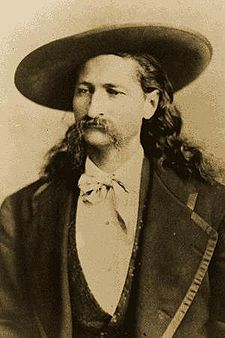From Drakes, the London tiemaker.
We tend to agree with the maxim that men of style are never too fashionable, that idiosyncrasy always plays its part in stylish dress. And yet there are unspoken rules that a gentleman ignores at his own peril. Not exactly an arcane code, but there are unwary subtleties of dress. The smaller points of wearing a tie makes a good case for adhering to a certain form.
1. There are really only two knots worth considering: the four-in-hand and half-Windsor; and only the four-in-hand for knit ties. Other knots are novelties.
2. The self-loop at the back of the large blade, sometimes called a “keeper” but often merely the makers label, needn’t actually be used in fact to hold the smaller blade, better not to, for a freer, more stylish note.
3. The blade ends should ideally reach the top of the trouser waistband and should match up in length. Not as easy as it looks to the uninitiated.
4. A small dimple at the base of the knot shows a certain je ne sais quoi of finesse.
5. With tie bars, as with mens’ jewellery generally, anything other than tasteful discretion can be hazardous, and probably should be avoided.
6. A tie should always be untied carefully after wearing. As Miss Adelaide says in Guys and Dolls, “We are civilized people. We do not have to conduct ourselves like a slob.”
7. Fabric ties (silk, wool, cashmere, cotton) should be rolled after wearing and then hung; knit ties should be rolled and never hung.
8. A four-in-hand or half-Windsor knot should just fill the tie space at the collar button and be taut enough to arch out from the collar a bit; the mid-section of the tie should be completely hidden under the collar at the back.
9. Bow ties should never look perfectly tied. Ceaseless practice usually suffices to produce the precise look of subtle imperfection.
10. The proper length for a bow tie is achieved when the ends sit within the edges of the collar. This necessitates buying bow ties with sized graduated bands or with an adjustable slider.
Occasionally these rules are a bit difficult to follow with a standard length and width tie. Then you might consider a bespoke version.
We tend to agree with the maxim that men of style are never too fashionable, that idiosyncrasy always plays its part in stylish dress. And yet there are unspoken rules that a gentleman ignores at his own peril. Not exactly an arcane code, but there are unwary subtleties of dress. The smaller points of wearing a tie makes a good case for adhering to a certain form.
1. There are really only two knots worth considering: the four-in-hand and half-Windsor; and only the four-in-hand for knit ties. Other knots are novelties.
2. The self-loop at the back of the large blade, sometimes called a “keeper” but often merely the makers label, needn’t actually be used in fact to hold the smaller blade, better not to, for a freer, more stylish note.
3. The blade ends should ideally reach the top of the trouser waistband and should match up in length. Not as easy as it looks to the uninitiated.
4. A small dimple at the base of the knot shows a certain je ne sais quoi of finesse.
5. With tie bars, as with mens’ jewellery generally, anything other than tasteful discretion can be hazardous, and probably should be avoided.
6. A tie should always be untied carefully after wearing. As Miss Adelaide says in Guys and Dolls, “We are civilized people. We do not have to conduct ourselves like a slob.”
7. Fabric ties (silk, wool, cashmere, cotton) should be rolled after wearing and then hung; knit ties should be rolled and never hung.
8. A four-in-hand or half-Windsor knot should just fill the tie space at the collar button and be taut enough to arch out from the collar a bit; the mid-section of the tie should be completely hidden under the collar at the back.
9. Bow ties should never look perfectly tied. Ceaseless practice usually suffices to produce the precise look of subtle imperfection.
10. The proper length for a bow tie is achieved when the ends sit within the edges of the collar. This necessitates buying bow ties with sized graduated bands or with an adjustable slider.
Occasionally these rules are a bit difficult to follow with a standard length and width tie. Then you might consider a bespoke version.





